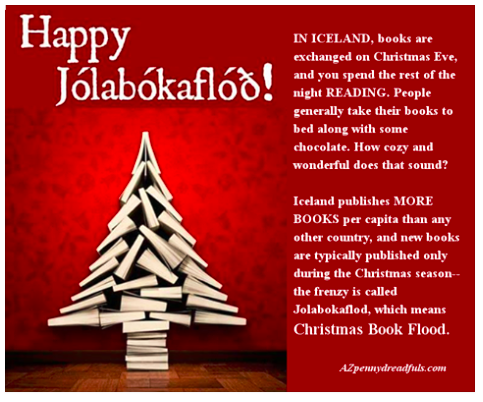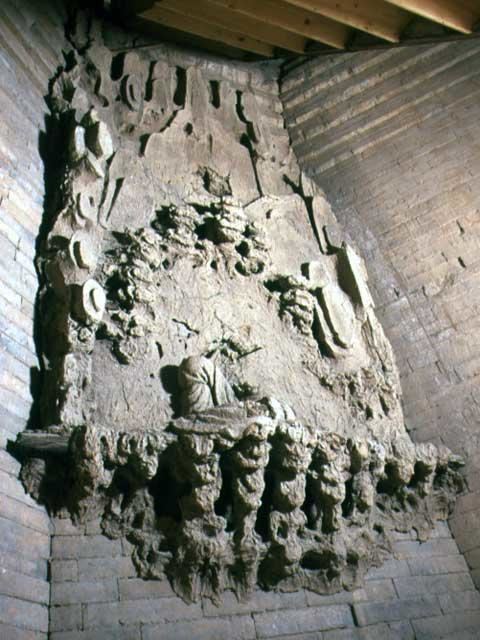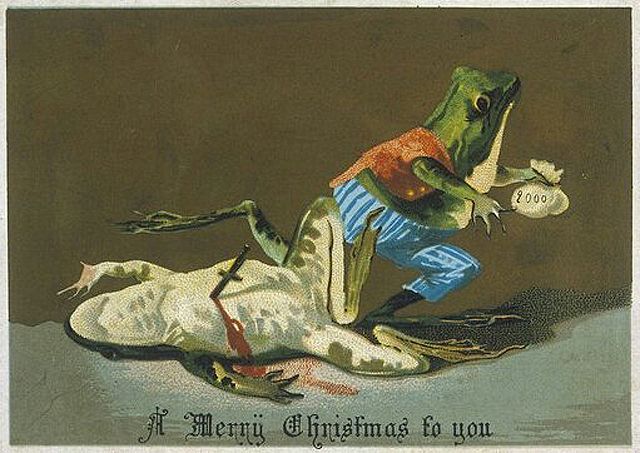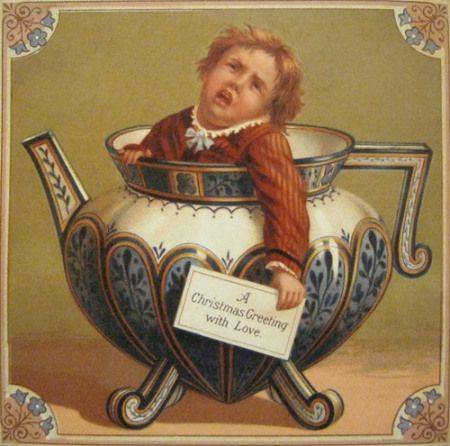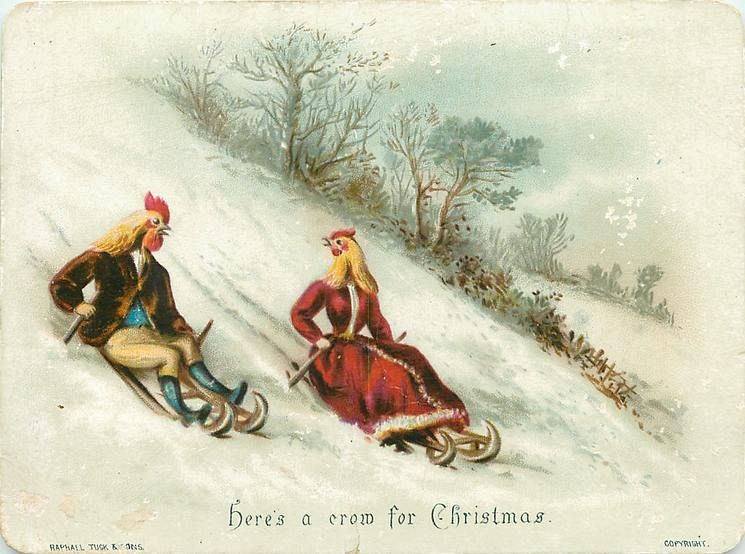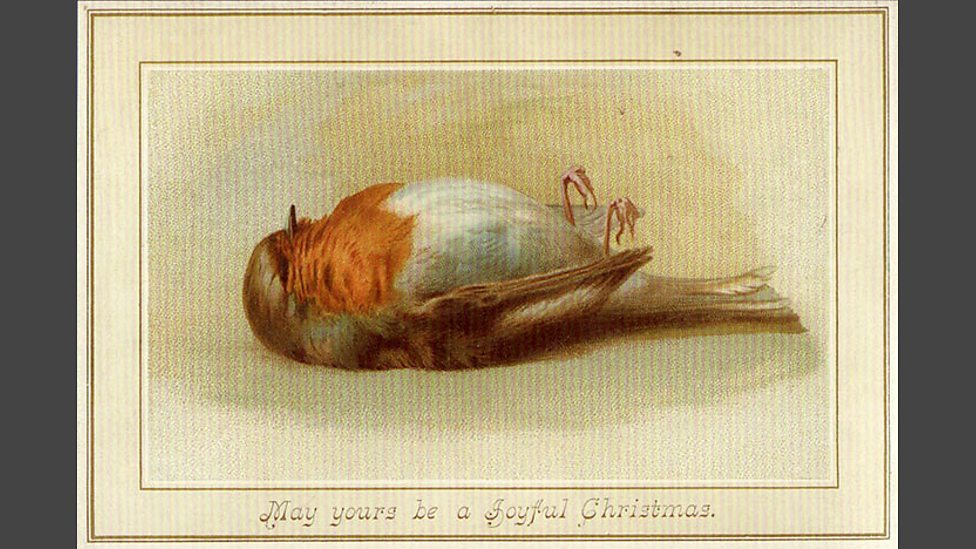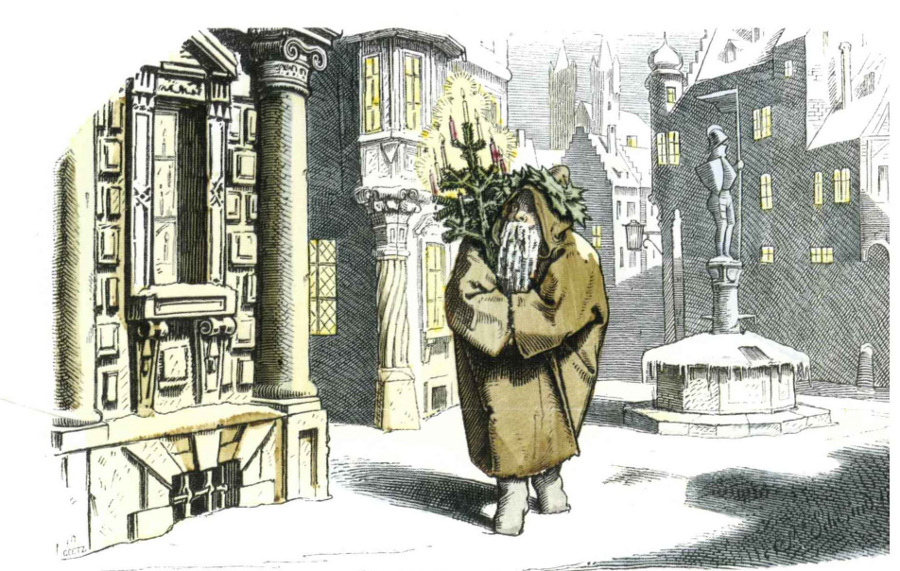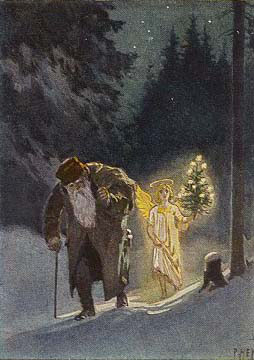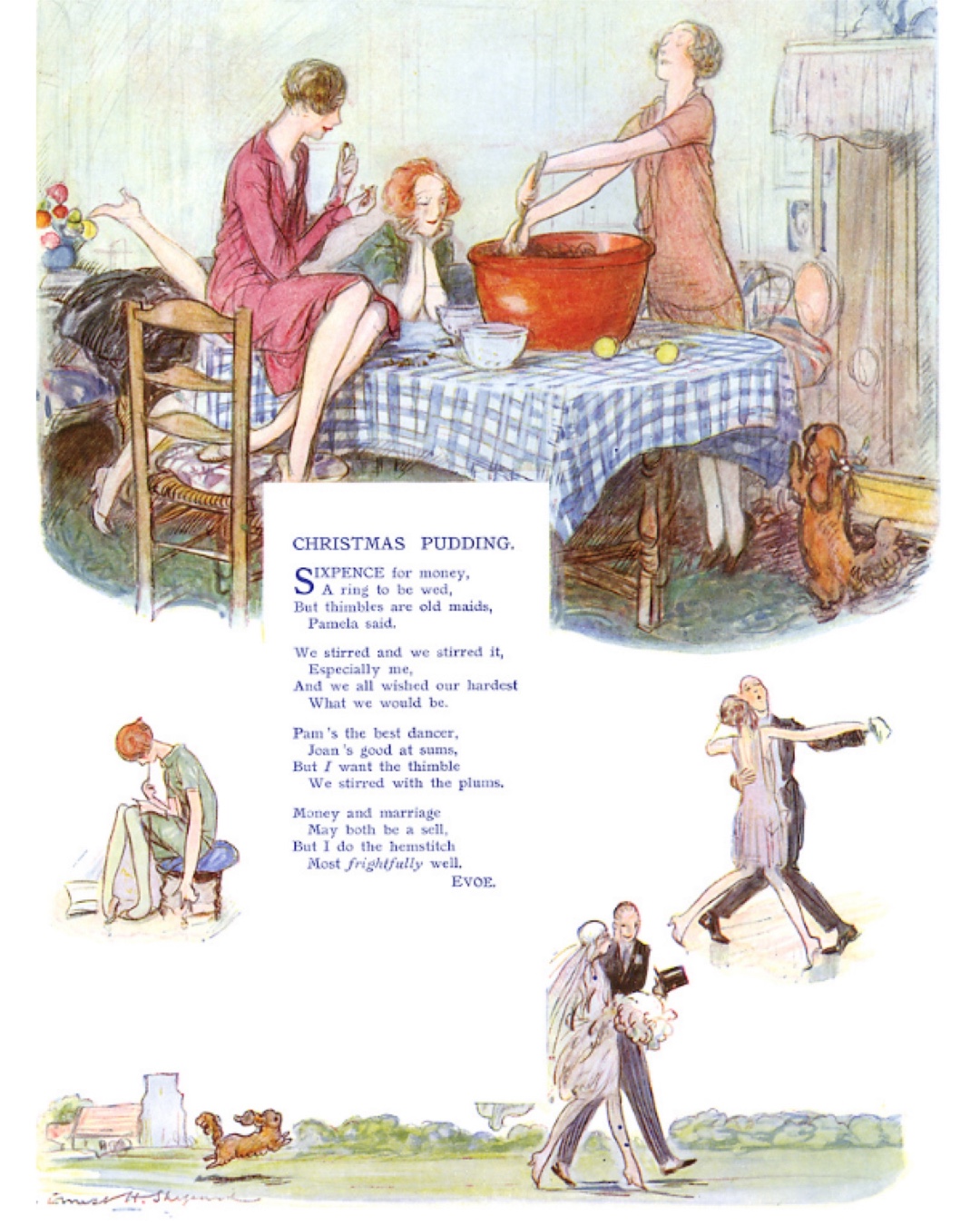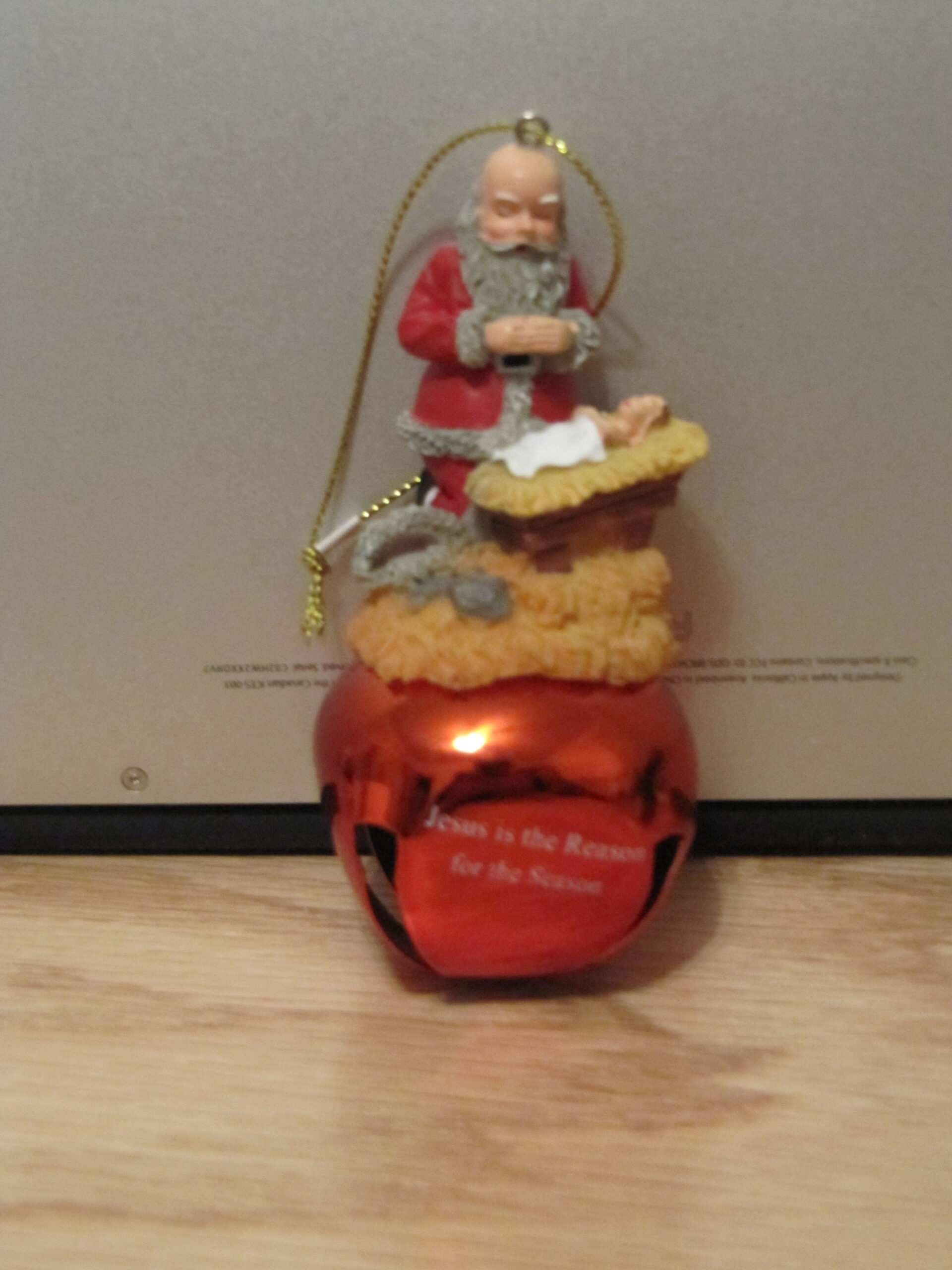I am sure I have always thought of Christmas time, when it has come round — apart from the veneration due to its sacred name and origin, if anything belonging to it can be apart from that — as a good time; a kind, forgiving, charitable, pleasant time: the only time I know of, in the long calendar of the year, when men and women seem by one consent to open their shut-up hearts freely, and to think of people below them as if they really were fellow-passengers to the grave, and not another race of creatures bound on other journeys. And therefore, uncle, though it has never put a scrap of gold or silver in my pocket, I believe that it has done me good, and will do me good; and I say, ‘God bless it!’
– Fred Scrooge in Charles Dickens, A Christmas Carol, 1843
Christmas is an awfulness that compares favorably with the great London plague and fire of 1665-66. No one escapes the feelings of mortal dejection, inadequacy, frustration, loneliness, guilt and pity. No one escapes feeling used by society, by religion, by friends and relatives, by the utterly artificial responsibilities of extending false greetings, sending banal cards, reciprocating unsolicited gifts, going to dull parties, putting up with acquaintances and family one avoids all the rest of the year…in short, of being brutalized by a ‘holiday’ that has lost virtually all of its original meanings and has become a merchandising ploy for color tv set manufacturers and ravagers of the woodlands.
– Harlan Ellison in “No Offense Intended, But Fuck Xmas!”, 1972
And then, just when everything is bearing down on us to such an extent that we can scarcely withstand it, the Christmas message comes to tell us that all our ideas are wrong, and that what we take to be evil and dark is really good and light because it comes from God. Our eyes are at fault, that is all. God is in the manger, wealth in poverty, light in darkness, succor in abandonment. No evil can befall us; whatever men may do to us, they cannot but serve the God who is secretly revealed as love and rules the world and our lives.”
―Dietrich Bonhoeffer, God is in the Manger: Reflections on Advent and Christmas
Does Christmas make you uneasy? Do you ever get a twinge of a conscience about not helping out with the school Nativity play, or even even about not attending the college carol service? I do. Always have. After four centuries of science, why are we still labouring to pass on a supernaturalist world view to our children? … Christmas is the Disneyfication of Christianity.
– Atheist Anglican theologian Don Cupitt, 1996
